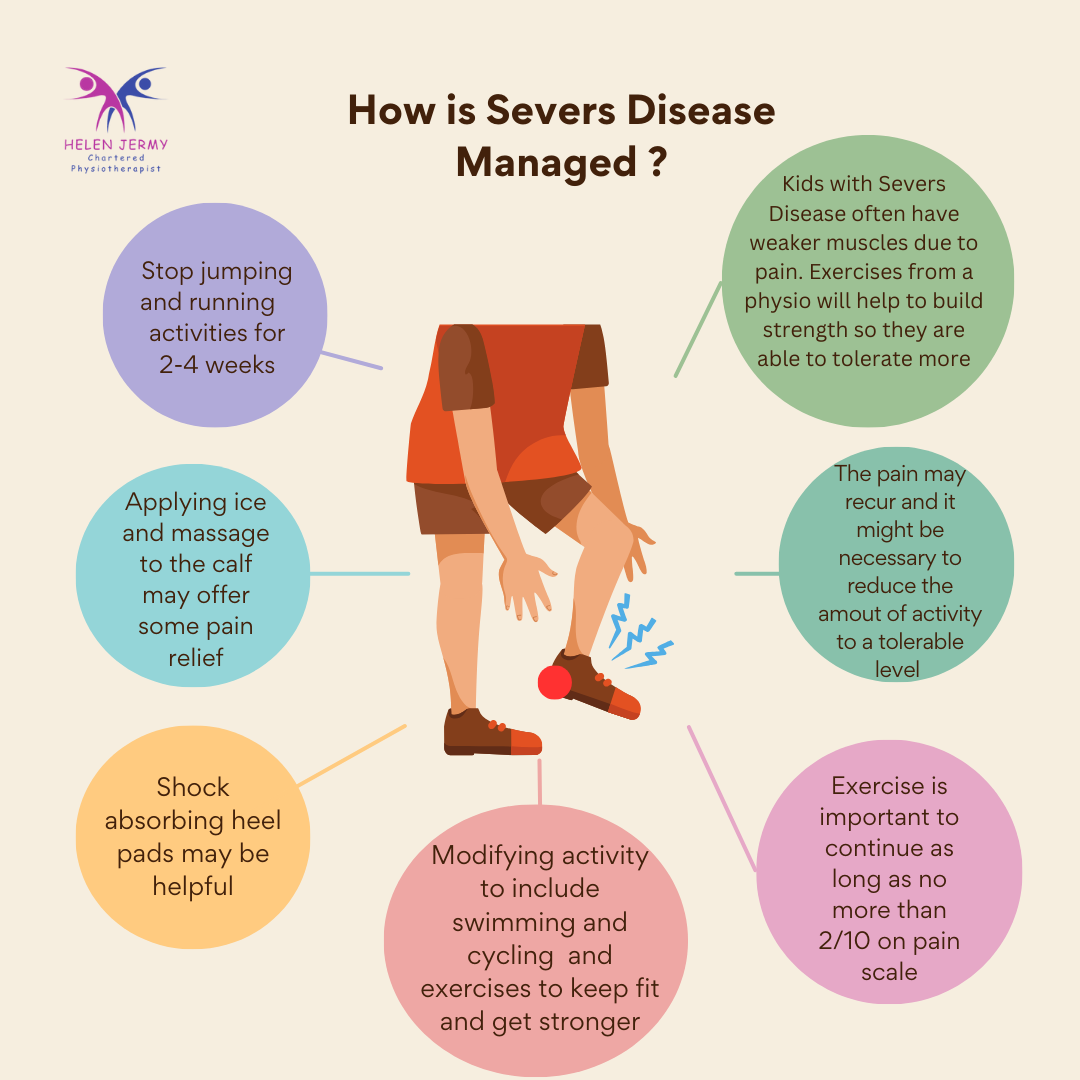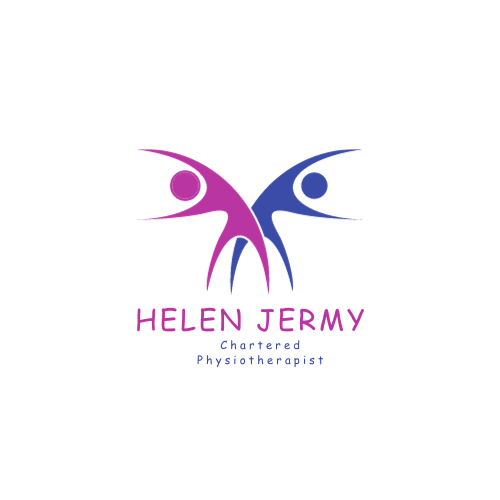Severs Disease



Severs Disease
What is it?
Despite the name it is NOT a disease.
The exact cause of Severs Disease is not yet fully understood, however it most commonly occurs in sporty children during a growth spurt which causes an increase in tension in the calf muscles at the point they attach to the heel bone 🦶🏻 (calcaneus).
Pain may then develop in the heel and back of the ankle following a sudden increase in load, such as a big or sudden spike in the amount of repetitive loading that occurs during running and jumping activities.
The increase in load on soft tissue that is already under tension due to the growth spurt can cause a traction type injury where the tendon attaches to the growth plate on the heel bone.
The local bone and surrounding soft tissues can become inflamed and sore especially when these become compressed during certain foot and ankle movements.
Pain in the heel during impact activities such as running, jumping and hopping which usually eases with rest.
Pressing around the heel bone is often tender and painful.
Severs Disease more commonly affects boys than girls.
The average age for symptoms is 8 to 10 years for boys and 10 to 12 years for girls.
It is more common in active children especially those who participate in activity that involves repetition of high intensity and high volumes of hopping jumping and running.
It may occur in both feet
There may be a link with children who have flat feet and tight calf muscles.
Resting from the aggravating high impact activities such as jumping and running 🏃♀️for 2-4 weeks can help.
If after this the pain continues it may be that the athlete is doing too much and should do less strenuous activity until it settles.
Exercises given by a physiotherapist experienced in treating and rehabilitating sporty children can help strengthen 💪🏻 the feet, legs and trunk so that their bodies are able to tolerate increasing loads.
Massage, taping and stretches to the calf muscles may help to ease the symptoms and your physiotherapist may advise using a shock absorbing heel pad.
The best way to improve symptoms is to modify what you are doing and get stronger.
Return to sport and running should be a gradual process, starting with low impact light training at 50% effort and gradually increasing every other day and monitor how the heel reacts and feels.
Only return gradually to competition and matches once the athlete has been training pain free for 2 weeks
Symptoms may recur if the factors that contributed to the athlete developing the heel pain are not changed.
It is also possible that symptoms may recur during a further growth spurt. Regular monitoring of height can help predict when and if activity needs to be modified.
Every child and adolescent is unique and the type of exercise and rehabilitation should be tailored to their individual needs. It is recommended that the advice of a physiotherapist experienced in treating and rehabilitating sporty children is sought for a personalised plan.
